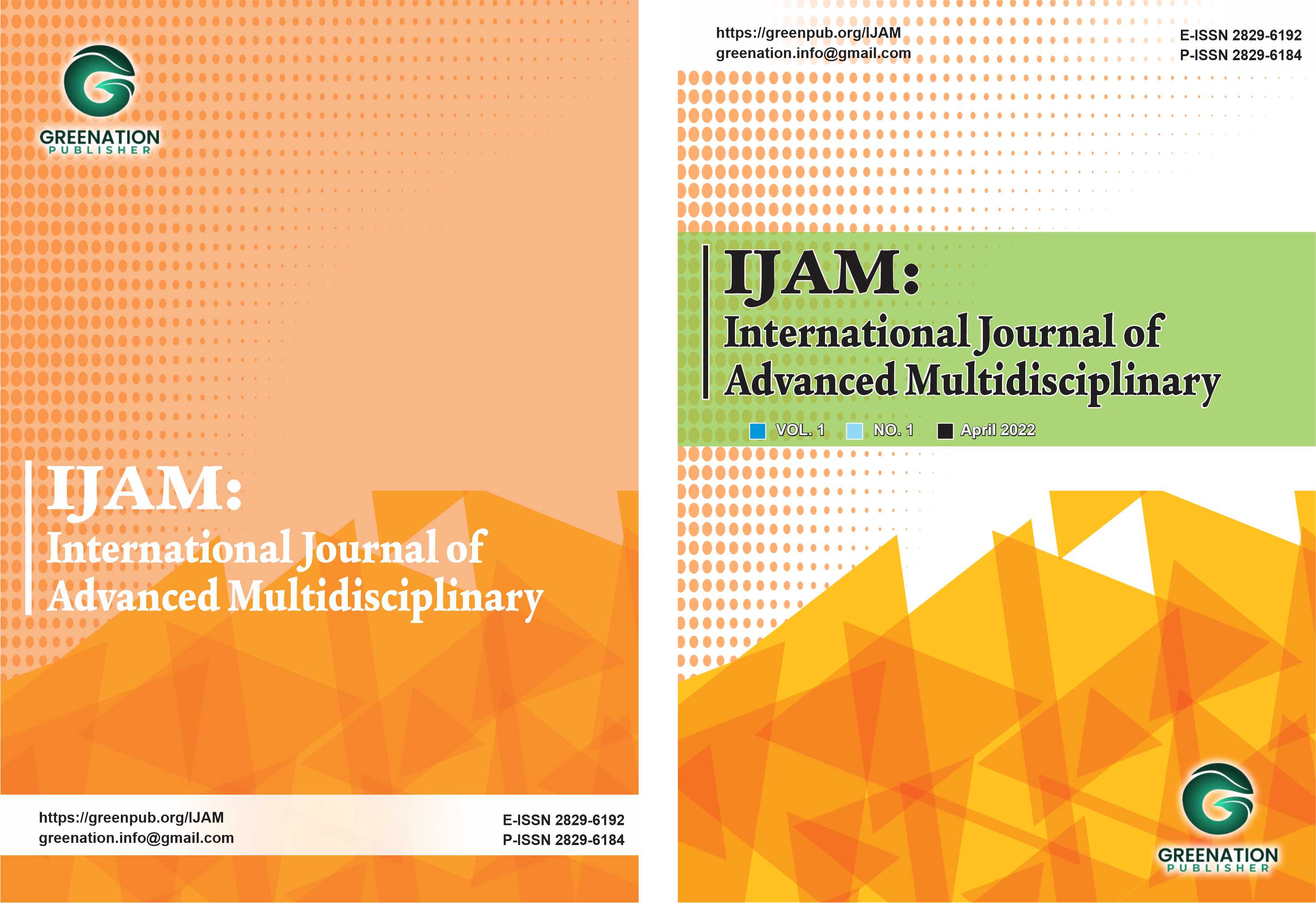Scrotal Swelling in a CAPD Patient: A Case of Suspected Dialysate Leak Presenting as Hydrocele
DOI:
https://doi.org/10.38035/ijam.v4i1.875Keywords:
CAPD, Dialysate Leak, Scrotal Swelling, Hydrocele, Chronic Kidney Disease, Peritoneal Dialysis Complication, Dual Dialysis, Processus Vaginalis, Multidisciplinary ManagementAbstract
Peritoneal dialysis, particularly Continuous Ambulatory Peritoneal Dialysis (CAPD), is an established modality for renal replacement therapy in patients with end-stage kidney disease (ESKD). Although generally safe, mechanical complications such as dialysate leakage can significantly disrupt treatment. Case Report: We present the case of a 32-year-old male with ESKD on dual dialysis (CAPD and hemodialysis) who developed acute right scrotal swelling following CAPD fluid exchange. Physical examination and imaging raised suspicion of a dialysate leak into the scrotal sac, potentially through a patent processus vaginalis, mimicking hydrocele. CAPD was suspended, and the patient was switched to hemodialysis while awaiting urological evaluation. Discussion: This case highlights the diagnostic challenge of differentiating dialysate leak from other causes of scrotal swelling, such as hydrocele, hernia, or infection. Prompt identification and management are essential to prevent further complications and maintain dialysis access. Conclusion: Dialysate leakage should be considered in CAPD patients presenting with acute scrotal swelling. Multidisciplinary evaluation and temporary suspension of peritoneal dialysis are often necessary for diagnosis and recovery.
References
Çak?r B, K?rba? ?, Çevik B, Ulu EMK, Bayrak A, Co?kun M. Complications of continuous ambulatory peritoneal dialysis: evaluation with CT.
Stuart S, Booth TC, Cash CJC, Hameeduddin A, Goode JA, Harvey C, et al. Complications of Continuous Ambulatory Peritoneal Dialysis. RadioGraphics. 2009 Mar;29(2):441–60.
Khan SF. Updates on Infectious and Other Complications in Peritoneal Dialysis: Core Curriculum 2023. American Journal of Kidney Diseases. 2023 Oct;82(4):481–90.
Doley P. WCN23-1084 EARLY COMPLICATIONS OF CAPD: A RETROSPECTIVE SINGLE CENTRE STUDY FROM NORTH EAST INDIA. Kidney International Reports. 2023 Mar;8(3):S410.
Tao W, Kang O, Yung G, Mansberg R. Peritoneal-scrotal dialysate leakage demonstrated on SPECT/CT imaging in a patient on peritoneal dialysis. Radiology Case Reports. 2022 Aug;17(8):2643–6.
Mobark A, Eltahir J, Mahir O, Ali H, Hummieda M, Khalid S, et al. Successful Conservative Management of Scrotal Edema Resulting from Uncomplicated Peritoneal Fluid Leak. Arab J Nephr Trans. 2010 Sep 1;2(2):51–4.
Sánchez, P, Pérez, C. Genital oedema in peritoneal dialysis. Nefrología. 2009;29(5):498–9.
Connolly SS, Govender P, Ellanti P, Flynn R. Acute scrotal oedema complicating peritoneal dialysis. Scandinavian Journal of Urology and Nephrology. 2008 Jan 1;42(6):558–9.
Millán I, Sirvent AE, Francisco Ramón J, Díez M. Patent processus vaginalis in peritoneal dialysis. Kidney International. 2013 Sep;84(3):628.
Young-Peart S, Rn SC, Bitzan M. Scrotal swelling in infant receiving peritoneal dialysis: a diagnostic challenge.
Sherlock DJ, Smith S. Complications resulting from a patent processus vaginalis in two patients on continuous ambulatory peritoneal dialysis. Journal of British Surgery. 1984 Jun 1;71(6):477–477.
Lin MY, Wu CC. Hydrocele in a Peritoneal Dialysis Patient: Hernia or Leakage. Intern Med. 2011;50(24):3047–8.
Alabama College of Osteopathic Medicine, Dothan, AL, USA., Kareem R, Oussama RA, The Virtual Nephrologist, Inc., Lynn Haven, FL, USA., Sidra S, Alabama College of Osteopathic Medicine, Dothan, AL, USA. Peritoneal dialysate leak mistaken as Fournier’s gangrene. Open J Clin Med Images [Internet]. 2021 Nov 11 [cited 2025 Apr 29];1(1). Available from: https://jclinmedimages.org/articles/OJCMI-v1-1005.html
Conn HO. Sudden Scrotal Edema in Cirrhosis: A Postparacentesis Syndrome. Ann InternMed. 1971 Jun 1;74(6):943–5.
Downloads
Published
How to Cite
Issue
Section
License
Copyright (c) 2025 I Made Riastana

This work is licensed under a Creative Commons Attribution 4.0 International License.
Authors who publish their manuscripts in this journal agree to the following conditions:
- The copyright on each article belongs to the author(s).
- The author acknowledges that the International Journal of Advanced Multidisciplinary (IJAM) has the right to be the first to publish with a Creative Commons Attribution 4.0 International license (Attribution 4.0 International (CC BY 4.0).
- Authors can submit articles separately, arrange for the non-exclusive distribution of manuscripts that have been published in this journal into other versions (e.g., sent to the author's institutional repository, publication into books, etc.), by acknowledging that the manuscript has been published for the first time in the International Journal of Advanced Multidisciplinary (IJAM).























